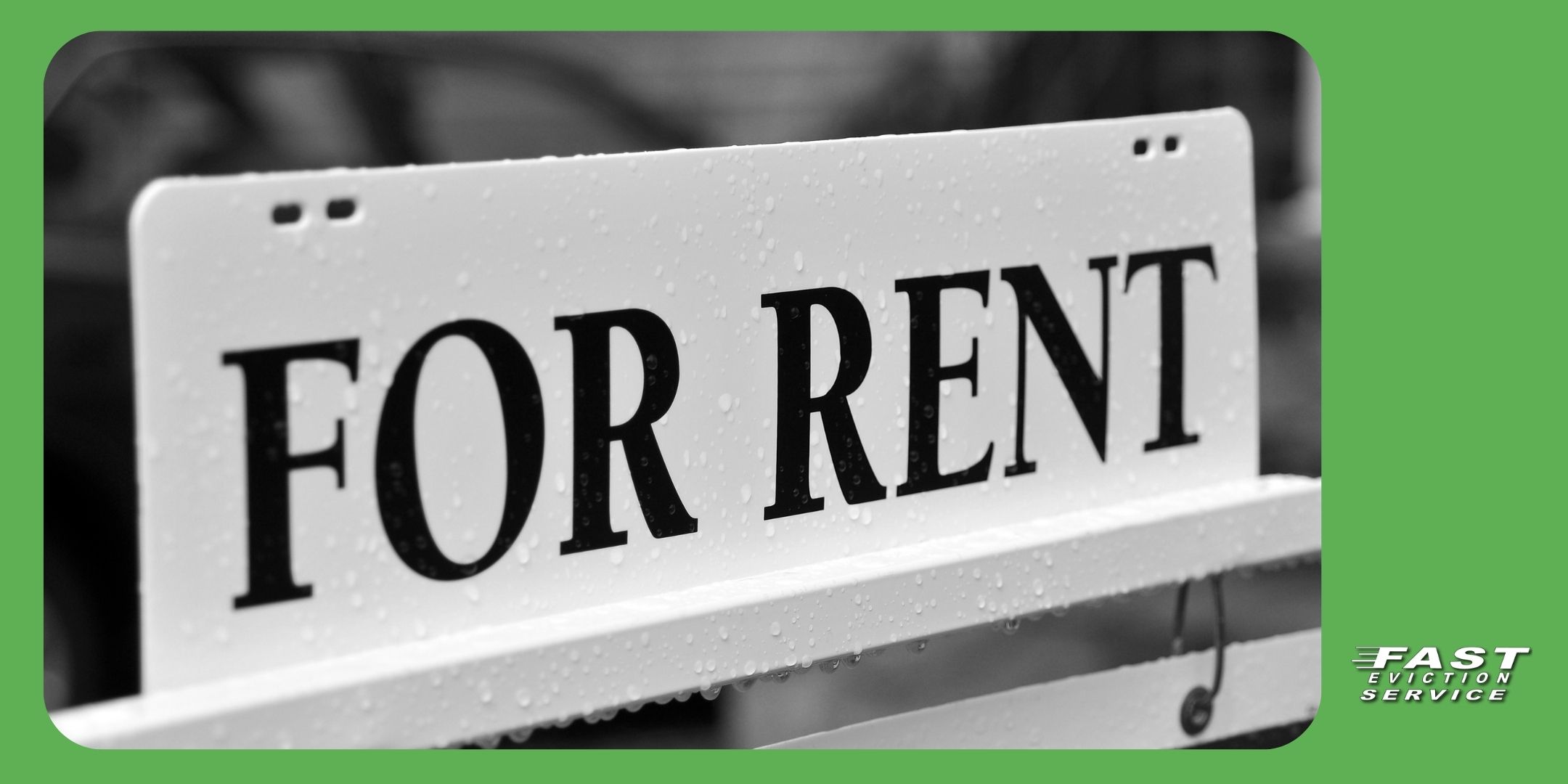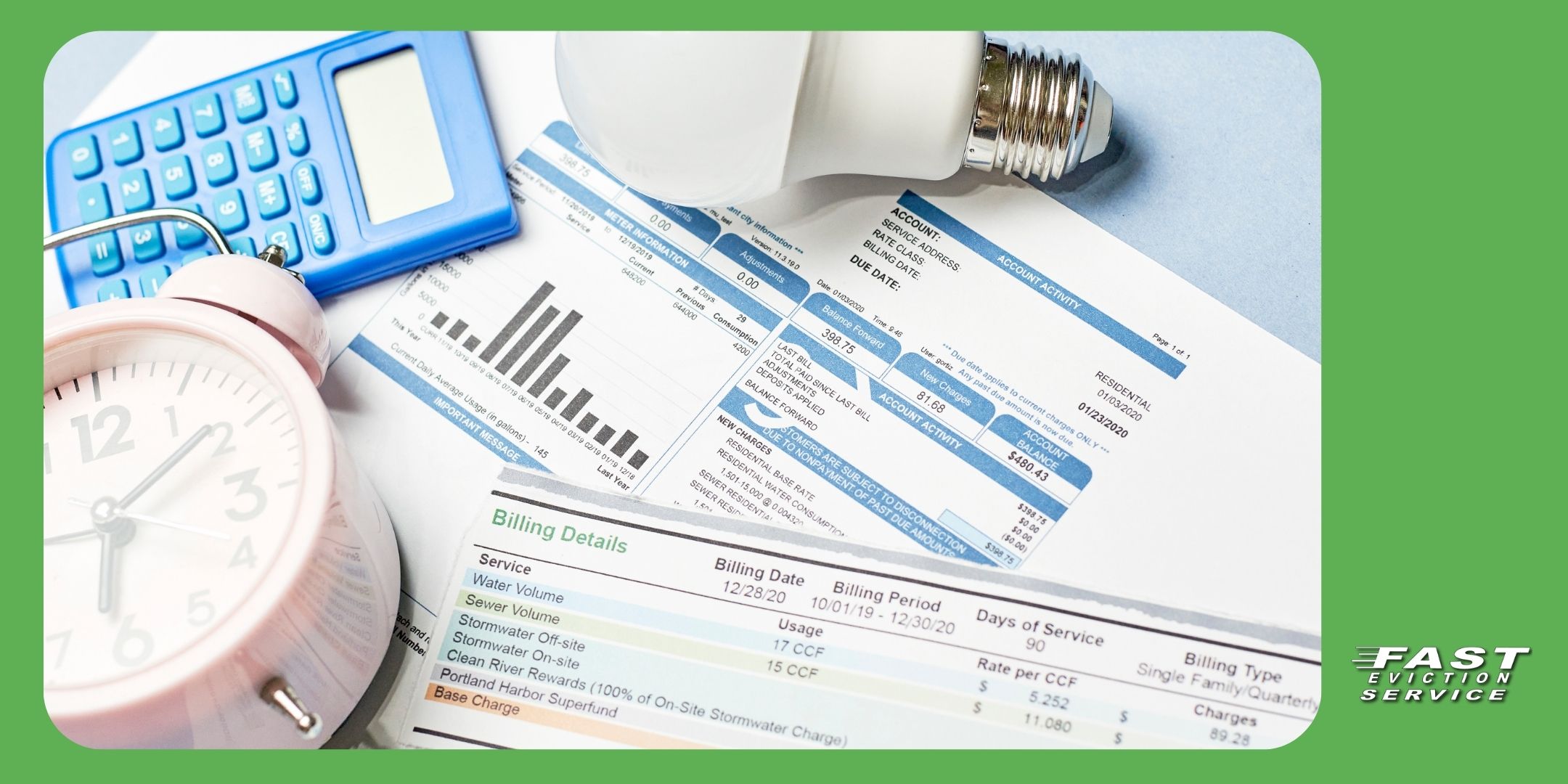Updated 11/7/24
Determining the right price for your rental property is crucial for attracting quality tenants, minimizing vacancy time, and ensuring a profitable return on your investment. But knowing how to price your rental property involves more than a simple guess—it requires market research, careful analysis, and a clear understanding of what tenants are willing to pay. In this article, we’ll walk you through practical techniques to help you set a competitive, profitable rental price that aligns with the market and meets your financial goals.

Table of Contents
- Why Pricing Matters
- Research the Local Rental Market
- Calculate Property Expenses and Desired Profit
- Assess Your Property’s Unique Features
- Test and Adjust the Price as Needed
- Frequently Asked Questions (FAQs)
Why Pricing Matters
Getting the price right is essential for attracting tenants quickly while maximizing rental income. If the price is too high, your property may sit vacant for longer than expected, costing you potential income. If it’s too low, you may miss out on profits and attract tenants who may not be the right fit. Pricing your rental property correctly helps you achieve a balance, encouraging tenant interest while ensuring a worthwhile return.
For landlords, understanding how to price your rental property means looking at both the rental market and your financial objectives. The goal is to set a fair, market-competitive rate that keeps quality tenants interested and reduces turnover.
Research the Local Rental Market
The first step in pricing your rental property is researching the local market. Look at similar rental properties in your neighborhood to gauge the going rate. Focus on properties that are comparable in terms of location, size, number of bedrooms and bathrooms, and amenities. Websites like Zillow, Realtor.com, and local listing platforms can provide valuable insights into what similar properties are renting for in your area.
In addition to rental websites, consider consulting local real estate agents or property managers who have in-depth knowledge of rental prices in the area. Their expertise can give you a sense of what tenants are willing to pay and help you stay competitive.
Paying attention to current trends is also essential. Are rental prices rising in your area due to high demand, or are they stabilizing? Understanding the rental market’s direction helps you set a price that’s aligned with tenant expectations and economic conditions, ensuring your property doesn’t go unnoticed or overstay on the market.
Calculate Property Expenses and Desired Profit
Once you have a sense of local rental rates, it’s time to assess your property expenses. To ensure profitability, you need to cover your fixed and variable costs, including:
- Mortgage payments
- Property taxes
- Insurance
- Maintenance and repair expenses
- Property management fees (if applicable)
- Utility costs (if any are included in the rent)
Adding up these costs provides a baseline, allowing you to determine the minimum rent you need to charge to cover expenses. However, don’t just stop at breaking even; consider how much profit you want to make on top of covering these costs. A modest profit margin, typically between 5-10%, is generally recommended to make the rental investment worthwhile.
Knowing your expenses helps you set a price that not only covers your costs but also generates a profit. This ensures that you’re not just keeping the property afloat but also building value over time.
Assess Your Property’s Unique Features
Every property has unique characteristics that can add or subtract from its rental value. Consider your rental property’s specific features, including:
- Location and Neighborhood: Proximity to schools, public transit, shopping, and entertainment can increase a property’s appeal and justify a higher price.
- Property Condition and Upgrades: Well-maintained properties with recent upgrades, like modern kitchens, updated bathrooms, or energy-efficient appliances, are often more appealing and can command higher rents.
- Amenities: In-unit laundry, parking, outdoor space, and other conveniences add value. Even shared amenities, like a fitness center or pool in a multi-unit property, can increase rental value.
- Security Features: Tenants often look for safety, so properties with features like security cameras, gated entry, or keyless entry systems may attract more renters willing to pay a premium.
By taking into account these unique factors, you can justify a higher rent than nearby properties lacking these amenities or features. This is key in how to price your rental property effectively, ensuring it stands out without being overpriced.
Test and Adjust the Price as Needed
Once you set a price, test the market response by listing the property and observing tenant interest. If you receive multiple inquiries and showings right away, it’s a good sign that your price is competitive. However, if your property sits on the market with minimal interest, it may be time to reassess.
When adjusting the price, make incremental changes rather than drastic reductions. Lowering the rent by small amounts—typically 2-5%—can help you find the sweet spot without significantly affecting your overall return. In some cases, offering move-in incentives, such as a discount on the first month’s rent, can attract interest without lowering the overall rent price.
By being open to adjusting your price based on market feedback, you can optimize your rental strategy and attract quality tenants while maintaining profitability.
Frequently Asked Questions (FAQs)
1. How often should I adjust my rental price?
It’s best to review your rental price annually, especially at lease renewal time or if you notice significant market changes. Regular reviews help ensure you stay competitive while maintaining profitability.
2. What if my rental property isn’t getting any applications?
If you’re not receiving interest, consider adjusting the price or enhancing the property’s appeal by making minor upgrades. Sometimes, even small improvements can make a big difference in tenant interest.
3. Can I raise the rent after the lease term ends?
Yes, but it’s essential to give tenants proper notice (as required by local laws) and ensure the increase is reasonable and in line with the local market. Many tenants are more willing to accept a modest increase if it’s well-communicated.
Pricing your rental property effectively requires a balance of market awareness, financial calculation, and a keen understanding of what makes your property unique. By following these steps and staying attuned to the local market, you can confidently set a rental price that attracts quality tenants, maximizes your investment, and keeps your property competitive. Remember, how to price your rental property is as much about research and adaptability as it is about numbers, so take the time to analyze and adjust as needed.




